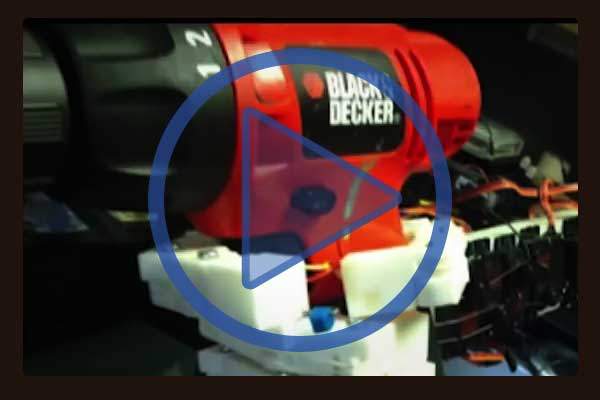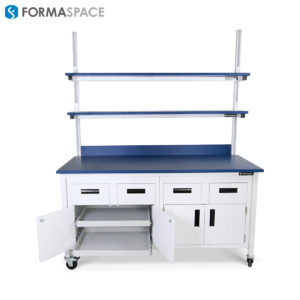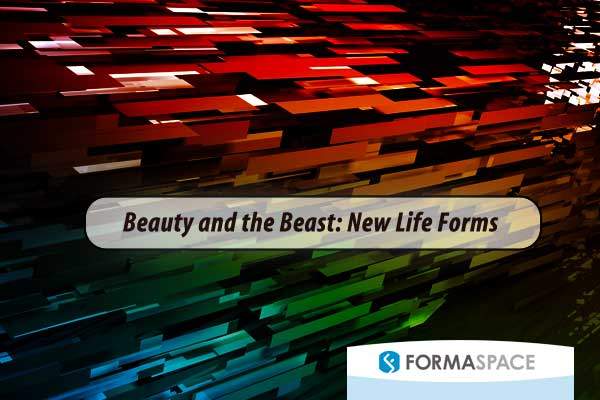Will 3D Printing Technology Change Our Sense of Who We Are As Humans?
Today we take a look at the evolving attitudes toward our own physical form. We live in a world where we can print new organs to repair our bodies or design new prosthetic limbs to replace ones that are missing. Where does this use of 3D printing lead to? Will society adopt a different attitude toward the differently-abled? Will cyborg limbs-as-art become a must have fashion statement? The possibilities are fascinating.
Robotic Arms: Now Considered Cool
If there ever was evidence that Millennials (and the generation following them) think robotic arms are cool, look no further than teenage robotics inventor Easton Lachappelle. Like many of those involved in developing 3D printer applications, Lachappele was inspired by the Schwarzenegger movie The Terminator.

Art Meets Technology: Viktoria Modesta, Amputee Pop Artist
Pop culture innovators in music, film and product design are taking the Terminator cyborg’s part-man, part-robot aesthetic to a new level. If you have not seen the high style video of pop music sensation Viktoria Modesta, it’s worth a serious look. And it signals a change in our attitudes toward what is beautiful, what is human, what is machine and what is possible in the space in-between. It also marks a notable, positive shift in society — in stark contrast to the negative attitudes and biases some have held towards amputees and their prosthetic limbs.

Sophie de Oliveira Barata: Designing the Future of Ourselves
Sophie de Oliveira Barata once designed traditional prosthetic limbs for a living. But her breakthrough moment came when she moved beyond creating ultra-realistic limbs for amputees and started creating custom works of art: prosthetic devices made of unexpected materials like metal, glass and wood. She’s designed limbs for singer-songwriter Viktoria Modesta and other notable figures in the public sphere. In the video above, she discusses her work in her London studio in a BBC interview.

The Alternative Limb Project
As her ideas began to evolve, Sophie de Oliveira Barata began to create evermore unusual prosthetic limbs, designs that have a surrealistic sensibility, such as snake arms or stereo legs. She now runs the The Alternative Limb Project in London, which she discusses in an extensive TedX talk from Brixton in the UK.

Where Do We Go from Here? Printed Organs
What’s the next frontier for our part-human, part-machine cyborg? According to San Diego-based Organovo, the next breakthrough use of 3-D printing technology is creating replacement human skin and soft tissue organs like the liver. If you think this is a fantasy, it’s not.
Earlier this month, Organovo inked a deal with the world’s largest beauty company L’Oreal to develop 3-D printed skin tissue for product evaluation using Organovo’s proprietary NovoGen Bioprinting Platform. In the short term, L’Oreal can potentially test the efficacy of their cosmetic products on artificially printed human skin and avoid the need for both animal testing and human testing during product development.

Organovo Research Scientist Sharon Presnell at the Alliance for Regenerative Medicine
We wanted to dig deeper into the underlying laboratory science behind 3D printing human tissue, such as liver cells. Organovo research scientist Sharon Presnell provides some answers to these questions as she discusses the underlying science of 3D printed human tissue at the Alliance for Regenerative Medicine. What’s the potential here? Will there be a 3-D printer in every hospital to provide replacement organs when we fall ill? Or, will we follow the trend of avant-garde prosthetic devices — and create new types of human tissue? Perhaps one day we’ll have human skin with electronic sensors built-in. Or maybe one day in the future we will design human organs that can help us travel to Mars… For example, we could develop human skin tissue that’s resistant to cosmic rays, or design modified lung tissues that allow us to breath methane gas instead of oxygen. The possibilities are frightening and exciting all at once. What is your take?
Formaspace is Focused on the Future, Your Future.

We invite you to join the roster of satisfied Formaspace technical, manufacturing and laboratory furniture clients — including Apple Computer, Boeing, Dell, Eli Lilly, Exxon Mobile, Ford, General Electric, Intel, Lockheed Martin, Medtronic, NASA, Novartis, Stanford University, Toyota and more.
Give us a call today at 800.251.1505 to find out more about the Formaspace line of built-to-order computer workstations, industrial workbenches, laboratory furniture, lab benches and dry lab/wet labs — as well as our design / furniture consulting services. Like all Formaspace furniture, it’s backed by our famous 12 year, three shift guarantee.








